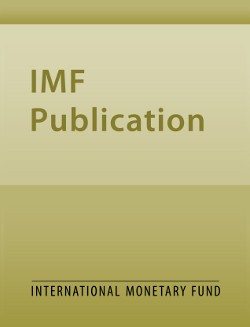
Assessing Targeted Containment Policies to Fight COVID-19
Assessing Targeted Containment Policies to Fight COVID-19
READ MORE...
Volume/Issue:
Volume 2020
Issue 277
Publication date:
ISBN:
Add to Cart by clicking price of the language and format you'd like to purchase
Available Languages and Formats
Topics covered in this book
This title contains information about the following subjects.
Click on a subject if you would like to see other titles with the same subjects.
Economics- Macroeconomics , Demography , Optimal containment policies , COVID-19 , heterogeneous agents , recession , voluntary social distancing , , WP , policy scenario , containment policy , share of contact , blanket policy scenario , optimal containment , targeted policy approach
Summary
The large economic costs of full-blown lockdowns in response to COVID-19 outbreaks, coupled with heterogeneous mortality rates across age groups, led to question non-discriminatory containment measures. In this paper we provide an assessment of the targeted approach to containment. We propose a SIR-macro model that allows for heterogeneous agents in terms of mortality rates and contact rates, and in which the government optimally bans people from working. We find that under a targeted policy, the optimal containment reaches a larger portion of the population than under a blanket policy and is held in place for longer. Compared to a blanket policy, a targeted approach results in a smaller death count. Yet, it is not a panacea: the recession is larger under such approach as the containment policy applies to a larger fraction of people, remains in place for longer, and herd immunity is achieved later. Moreover, we find that increased interactions between low- and high-risk individuals effectively reduce the benefits of a targeted approach to containment.
Copyright © 2010 - 2025
Powered by:
AIDC



